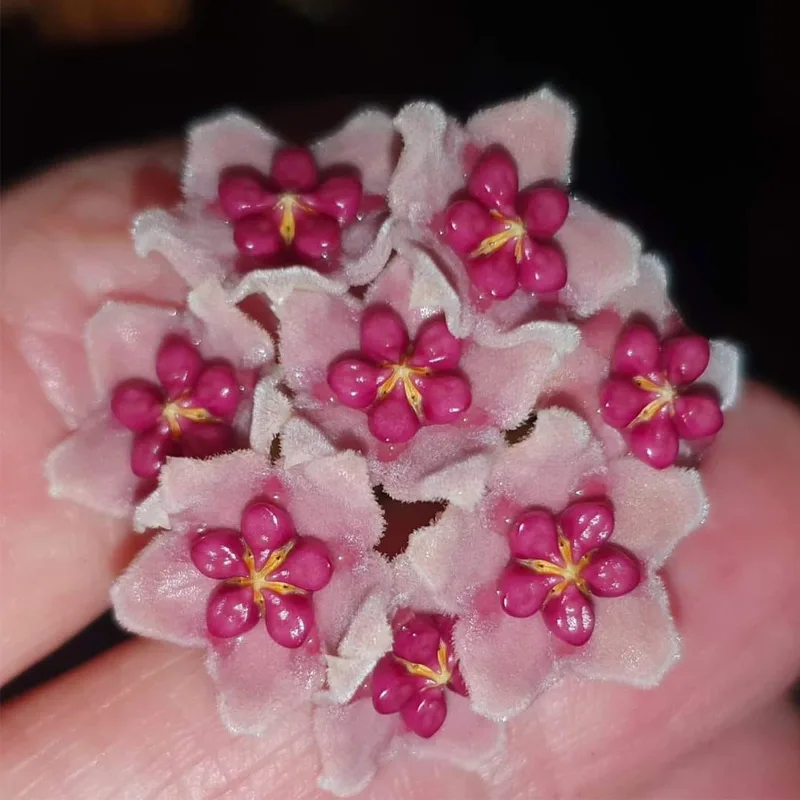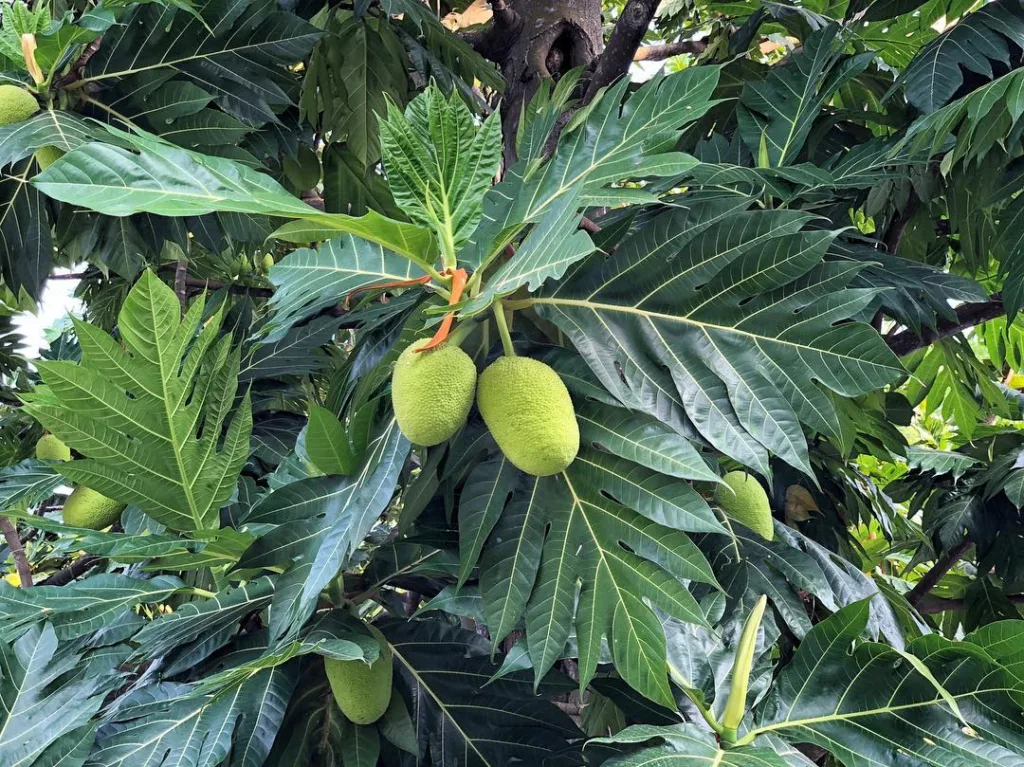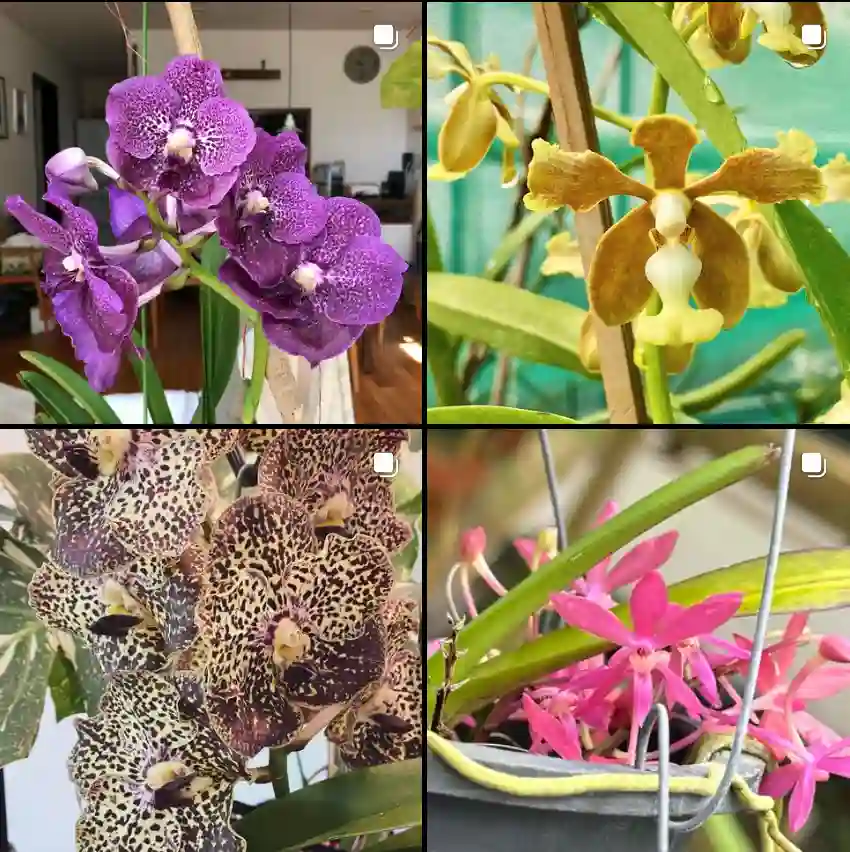FAQs About Vanda Coerulea
As an avid orchid enthusiast, I’ve always been drawn to the captivating beauty of the Vanda Coerulea, often referred to as the “Blue Vanda”. This orchid species stands out due to its striking blue-violet flowers and unique growing requirements. Over the years, I’ve learned quite a bit about this fascinating plant. Below, I’ll cover some of the most frequently asked questions I get about Vanda Coerulea, addressing everything from care tips to whether or not it requires pollinators.
97 Species in Genus Vanda
What is Vanda Coerulea?
Vanda Coerulea, also known as the Blue Orchid, is a species of orchid native to the northeastern regions of India and surrounding areas. It’s famous for its eye-catching blue flowers, which are relatively rare in the orchid world. These flowers can reach up to 4 inches in diameter, and their vivid coloration makes them a popular choice for both orchid collectors and casual growers alike.
How to Care for Vanda Coerulea?
Caring for Vanda Coerulea can be a bit challenging, but with the right conditions, they will thrive. These orchids are epiphytic, meaning they grow on other plants or surfaces rather than in soil. For best results, I recommend mounting them on a wooden slab or in a basket filled with large chunks of bark or charcoal to allow plenty of air circulation around their roots.
Vanda Coerulea requires high humidity levels (around 70-80%) and bright, indirect sunlight for most of the day. They prefer temperatures between 65°F and 85°F. Keep in mind that watering is crucial for this orchid—its thick roots need frequent moisture, but they must dry out between waterings to avoid rot.
Can You Grow Vanda Coerulea Indoors?
Yes, you can grow Vanda Coerulea indoors, but it may require some adjustments to your typical indoor plant care routine. Because they need bright light and high humidity, placing them near a south-facing window with filtered sunlight is ideal. If your home is too dry, consider using a humidifier or regularly misting the plant to keep humidity levels high. Additionally, they need plenty of airflow, so avoid confining them to spaces with stagnant air.
Do Vanda Coerulea Require Pollinators?
Yes, Vanda Coerulea does require pollinators to produce seed pods. In the wild, bees are the primary pollinators for this orchid. The vibrant blue and violet hues of the flowers attract these pollinators, which facilitate the reproduction process. If you’re growing them indoors or in controlled environments, natural pollination might not occur. In that case, hand-pollination is an option for anyone interested in propagating their Vanda Coerulea through seeds.
How to Propagate Vanda Coerulea?
There are two main methods of propagating Vanda Coerulea: seed propagation and division. Seed propagation can be challenging and requires specific conditions like sterilized media and lab techniques for growing the seeds in vitro. It’s not a common method for hobbyists, but if you’re dedicated, it can be rewarding.
The simpler way is by division. Vanda orchids produce keikis, or baby plants, along their stems. Once these keikis develop roots that are at least a few inches long, they can be carefully removed and potted separately to grow into mature plants. This method is much easier and more practical for home growers.
What to Plant with Vanda Coerulea?
Since Vanda Coerulea thrives in humid, tropical conditions, it pairs well with other tropical plants that enjoy similar environments. Some good companions include ferns, bromeliads, and other orchid species that prefer high humidity and bright light. I wouldn’t recommend planting them alongside plants that need to be watered more frequently or that require lower light levels, as this could disrupt the balance needed for your Vanda to thrive.
Is Vanda Coerulea Toxic?
No, Vanda Coerulea is not toxic to humans or pets, making it a safe option for homes with children or animals. However, like most orchids, it’s best to keep them out of reach of curious pets who might chew on the leaves or flowers.
Benefits of Growing Vanda Coerulea
Aside from their obvious aesthetic appeal, Vanda Coerulea plants offer other benefits. They can help purify the air by filtering out toxins, which makes them a great addition to any indoor plant collection. Additionally, orchids like the Vanda Coerulea have been used in traditional medicine for their purported health benefits, such as reducing stress and promoting relaxation.
Common Problems with Vanda Coerulea
One of the most common issues I’ve encountered with Vanda Coerulea is root rot. Because their roots are exposed to the air and need to be frequently watered, overwatering or poor drainage can quickly lead to this problem. To avoid root rot, ensure that the roots dry out completely between waterings.
Pests like mealybugs and spider mites can also affect Vanda Coerulea. Regularly inspect your plants for any signs of infestation, such as yellowing leaves or webbing, and treat with insecticidal soap if necessary.
How Does Vanda Coerulea Compare to Similar Species?
Vanda Coerulea is often compared to other Vanda species because of its large flowers and epiphytic nature. However, what sets it apart is its rare blue color. Other Vanda orchids tend to bloom in shades of purple, pink, or white, but Vanda Coerulea’s blue-violet flowers are particularly unique.
Additionally, compared to hybrids like Vanda Pachara Delight, Vanda Coerulea has slightly smaller flowers but a more vibrant and distinct coloration. While hybrids might be easier to grow, I find the natural beauty of Vanda Coerulea to be worth the extra care it requires.
In summary, Vanda Coerulea is a stunning orchid species that, with the right care, can thrive indoors or in tropical garden settings. Whether you’re a seasoned orchid grower or new to the world of Vandas, this orchid will add an extraordinary touch of beauty to your collection.
If i die, water my plants!



